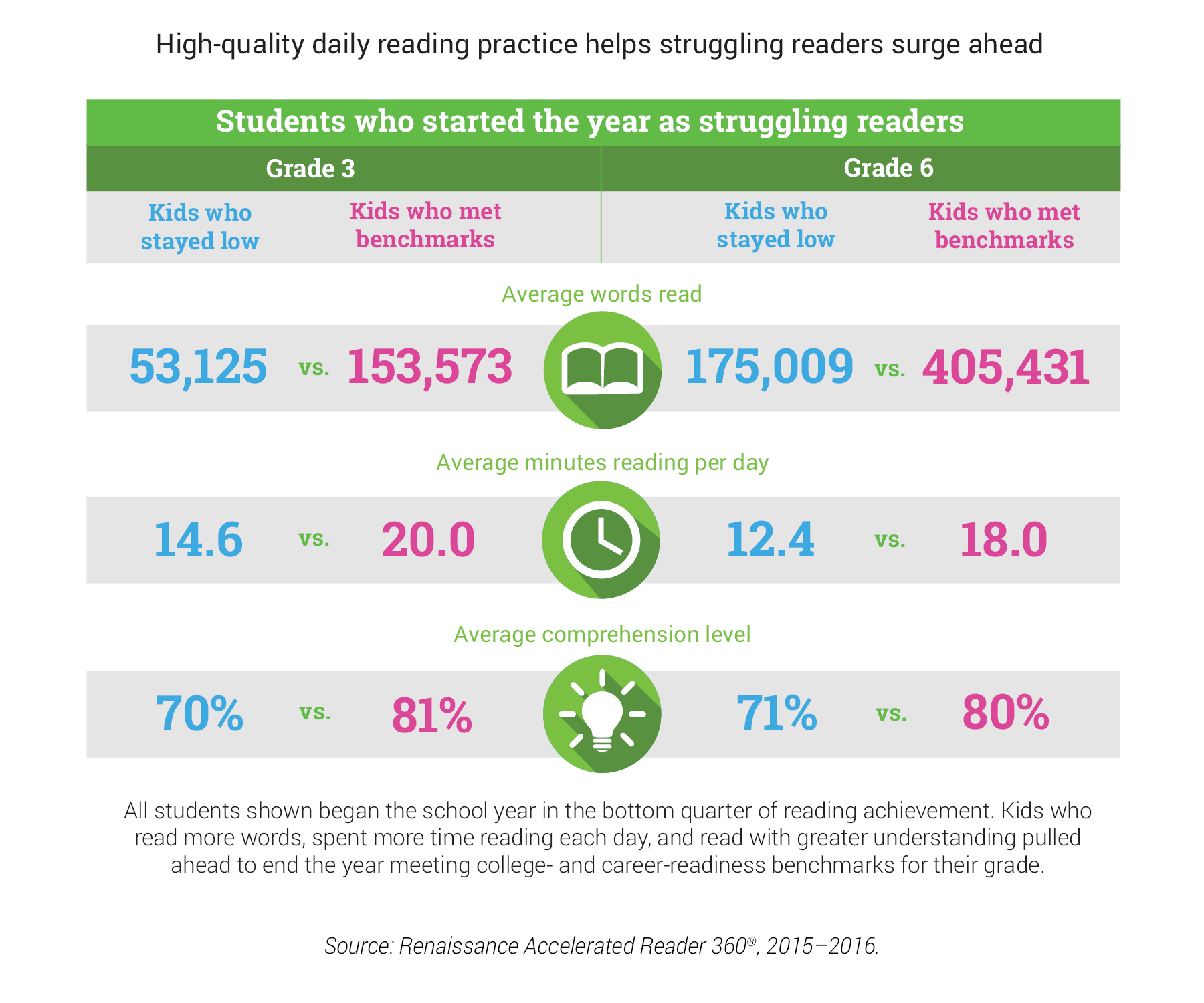December 15, 2016
Imagine reading a sentence, but not understanding its context. You can read each individual word fine, but the sentence itself doesn’t make sense. Imagine praying, crossing your fingers, and hoping that your teacher doesn’t call on you to read aloud in class. Knowing in the back of your head that you understood the words in your science book, but can’t quite figure out what they really mean. Wishing you could just do simple math equations because you know your facts but everything gets mixed up when you come across a story problem. Struggling to complete classwork and homework. Feeling less than your peers who find reading so easy, making your self-confidence plummet. Realizing there are five months of school still left. Dreading the next hour, the next class, the remaining eight years of school. Can you imagine?
My son, Cannon, was in kindergarten when he started feeling anxious about school. Even at age 6, he was comparing himself to others and felt he didn’t measure up when it came to reading.
When I taught in an inner-city middle school, many of my students had already mentally checked out of school after years of struggle. They hadn’t discovered the magic of a story. They hadn’t grown up in a household full of books. When money is tight, books are a luxury. When parents are working two jobs, there isn’t time (or energy) to go to the library. When kids get off to a slow start, it can be hard to catch them up.
Catching struggling readers up
But there is a way to catch kids up. Renaissance’s annual What Kids Are Reading research report includes powerful evidence. The key to jump-starting struggling readers? Jan Bryan touched on in a recent post. It’s reading practice, and lots of it, with books at an appropriate level so students can read successfully with comprehension.
The graphic below shows struggling third- and sixth-grade students. Those who began the year as struggling readers but met end-of-year benchmarks read more words, read more minutes per day, and experienced higher rates of comprehension.

Finding the right content
So how, then, do you get struggling kids to practice more? Start with engaging content—real books, real articles—that they choose. Let your students take some ownership of their practice.
For Cannon, Diary of a Wimpy Kid proved irresistible. He heard about the hilarious antics of the main character, Greg Heffley, from his classmates. I downloaded the audiobook to entice him to read by listening to the audio and following along with the text. He was hooked and is now reading the other books independently. And let me tell you, after watching him struggle, almost nothing gives me as much pleasure as seeing him curled up with a book and laughing out loud.
And apparently, Cannon and his classmates are not alone. The Diary of a Wimpy Kid series is a chart topper in grades 3-9 in What Kids Are Reading and has held top spots for years. Greg Heffley compels countless kids to read.
For my middle schoolers, I found a book called Drive-By by Lynne Ewing at a school book fair. It told a harrowing story of 12-year-old Tito, who while helping to care for his little sister, struggled to find his way in the aftermath of his brother’s death in a gang-related shooting. I read it aloud and they were hanging on my every word. They begged me to continue reading. This book resonated with them—and sadly, many could identify with it. They learned how enjoyable reading could be. They learned there were books out there that could appeal to them. They looked for other books by that author. They looked for other stories about urban life. They learned to be readers.
It IS possible to jump-start struggling readers. Real aloud. Make a wide variety of books and articles available. Do book talks. Display books. Provide plenty of time for practice. And check out What Kids Are Reading to see what books and nonfiction articles are popular with kids nationwide.

